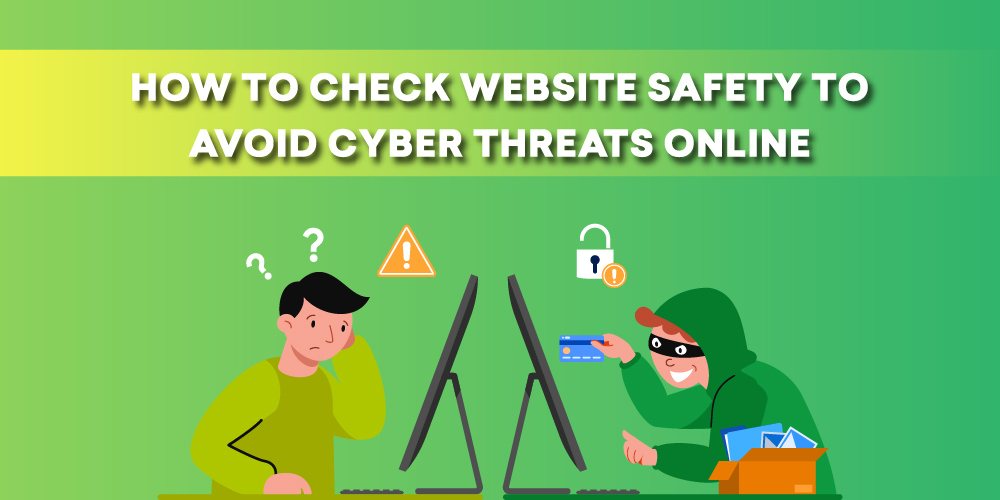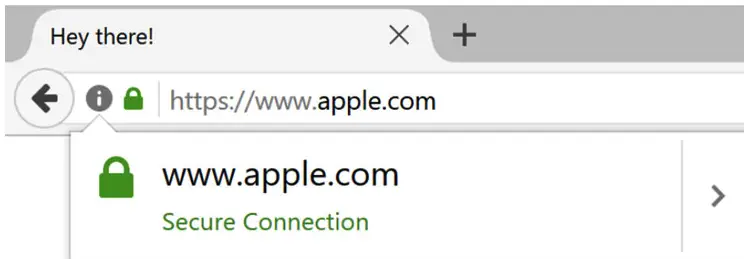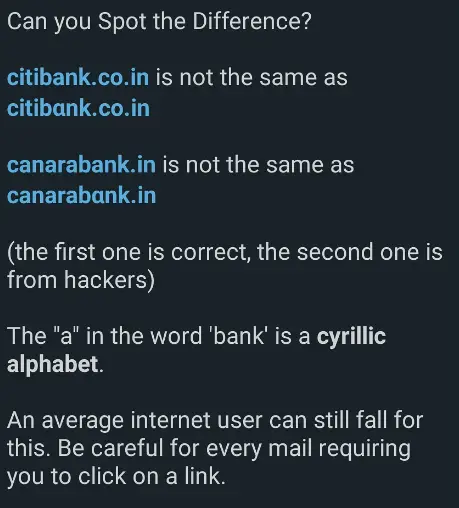In this fast-growing and modern age, most of the businesses have already gone online, and many are in the process. Even offline businesses have their own online presence as well to capture a broad range of customers.
When a business goes online, it needs a website in most cases, and when it comes to websites, safety is something you can’t ignore. Since customers use to visit your site, make payments online, etc, you must keep your website safe from hackers and malware to keep your customers safe.
By 2023, website security spending is expected to boom up to 151.2 billion US Dollars—such high spending on security results from the carelessness of businesses to keep a check on their websites.

If business owners don’t care much about the safety of their platforms, cybercriminals seize the opportunity and inject malware and spyware into their systems, and along with them, you as a customer can be a victim as well. For example, if Amazon.com doesn’t care about security, then hackers may hack into their systems, and the card and bank details you save on their platform can be compromised too. Thus, business owners need to make their website’s security tight.
Let us first understand why we need to secure our website.
Why Do We Need to Protect Our Websites?
In 2018, Google came up with a warning that the sites that will have HTTPS in their URL. i.e. have a valid SSL certificate, will have an upper hand over the sites without a valid SSL.
They did it to encourage business owners to have valid SSL installed on their servers to safeguard themselves and their customers as well. So, if you do, your website will have a bit better ranking than those who don’t have HTTPS://
When you protect your website, the users’ data is safe, and customers trust your website as well. A safer website will get you a better ranking, and more people will become your customers.
How to Check the Website’s Safety?
Let’s find out what you can do to check whether a website is safe or not!
-
Check the URL
URL determines where you are headed. Most people don’t bother to look at the URL and visit the website. If you ask me, I always check the URL texts to make sure the website I am going to visit is legitimate, and I have been doing this for years.
Hackers know this for a fact and use a URL similar to your website to redirect them to malicious websites without the user’s knowledge. You must have read about similar URLs that are scamming people by pretending to be legitimate.
There are many examples of this, one is shown below in that you can see, Apple.com looks legitimate as it has SSL installed as well. But, when you look at the “a” is different from what you see in the URLs.

Here is more…

As you can see, even regular internet users can get into this trap. But, if you carefully look at the URLs, you will be safe. So, if you see websites that are misspelled or use different characters that look somehow the same but are wrong, be sure that the website is not safe.
This way, they make clone website, and the URL also look so legit that anyone can be scammed. Thus, stay updated with the latest techs and scams to stay safe.
-
Ensure the presence of HTTPS
I have shown an example in the last point that even fake ones get SSL installed, and pretend to be someone legitimate. So, having HTTPS doesn’t guarantee 100% safe website but still, majorly, if a website has HTTPS, chances are high that that is a legitimate website.
HTTPS or Hypertext Transfer Protocol Secure is a security protocol that depicts that the website has an SSL certificate installed.
An SSL or Secure Socket Layer protects a website from MITM attacks by encrypting the information transferred between a website and a server.
HTTPS gives the visitor a sense of satisfaction to ensure that their sensitive information is safe and secure. It satisfies your customers and search engines like Google, looking to provide a safe environment to their users.
-
Don’t blindly trust “trust” badges.
On eCommerce websites, you would generally find a trust seal that indicates that the website complies with PCI/DSS guidelines and has an HTTPS.
However, by looking at a trust seal or badge, you should not satisfy yourself as a consumer.
It is best to check the authenticity of that badge by clicking on it and see if it redirects you to a verification page.
As a business owner, you must ensure that the trust badge is earned from an authentic source and comply with all guidelines.
-
Check the website’s privacy policy.
Reading the privacy policy list may sound a bit time-consuming as a customer, but if you want to be assured of your data safety, you must read the privacy policy.
A privacy policy is a list of rules and regulations that all websites (especially eCommerce) must comply with to maintain authenticity and customer trust.
Most trusted websites have a detailed privacy policy containing all the rules and guidelines they comply with. There are plenty of government laws in the policy that tell how strictly a website follows government laws.
-
Beware of malware signs.
Hackers won’t choose the mode of attack according to your convenience, so you must consider all their possible options.
Here are a few signs that tell you that the website you are visiting has malware:
- Clone websites: Cybercriminals deceive users by creating clone websites that contain the same information, logo, theme, and layout as the original one. Users think that they are visiting the correct website and end up giving their information to the hacker.
- Unsolicited links: Cybercriminals will try to trick users into clicking unsolicited links that contain viruses. Those viruses get further injected into the system and manipulated them.
- Ads: Ads, in general, are not bad. But, when you find illegitimate advertisements that you did not even search for in the past, that is alarming. Genuine ads always pop up in contention with your Google search. Search engines only show you those ads that you have some connection with. But, in fraud websites, ads are illegitimate.
- Phishing websites: Phishing websites look legit because they imitate frequently visited websites like banks. Hackers redirect users to such websites to make them enter their sensitive information such as bank details and credit/debit card numbers etc. The best way to figure them out is by looking at their URL, as every website has a separate URL.
- Use tools to manage your security: Antiviruses provide a great deal of security to websites. They have browser extensions that allow you to steer clear of malicious websites. Before visiting a suspicious website, antiviruses ask you whether you want to continue through a website or go back. Many reports have shown that antiviruses slow the internet speed and sometimes irritate users by asking for permission at every step. Sometimes even on genuine sites as well such alerts come, due to some ad scripts. But, at least, when you see such an alert, you do have a look at the website URL and overall legitimacy of the site. So, having internet security on your computer system is paramount.
If a user wishes to keep data safe then, antiviruses in tandem with an SSL certificate work best.
Final Words
To succeed in 2021, businesses have to find ways to deal with cyberattacks. If a company collects customer’s data, the responsibility of keeping it safe lies on it. I remember hearing some news in the past where hackers hacked into some popular websites, and the users’ data was compromised. Thus, it is important for you as a business owner, to keep your platform safe from cyberattacks.
As a business owner, you must get your website coded by professional programmers who code in a way that the website is difficult to hack. Also, use a dedicated server in place of shared hosting. Plus, have an in-house tech team to handle the security and other technicalities
As a user, when you visit a website, make sure it has HTTPS, check the URL to be sure you are visiting a legitimate site, and have internet security software installed on your system which can alert you when you visit a website having malware.







Add Comment